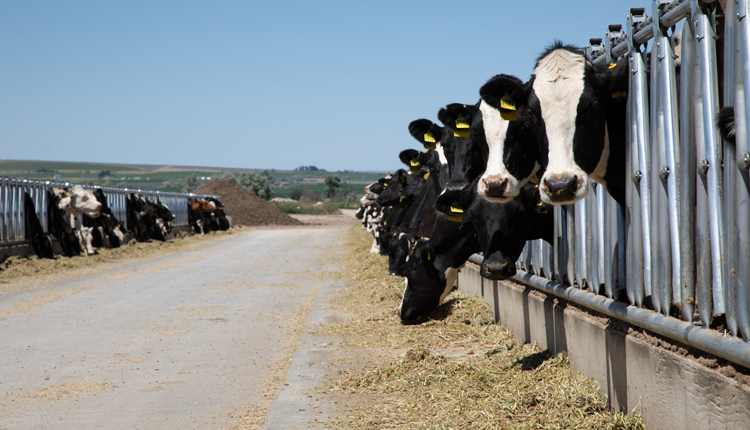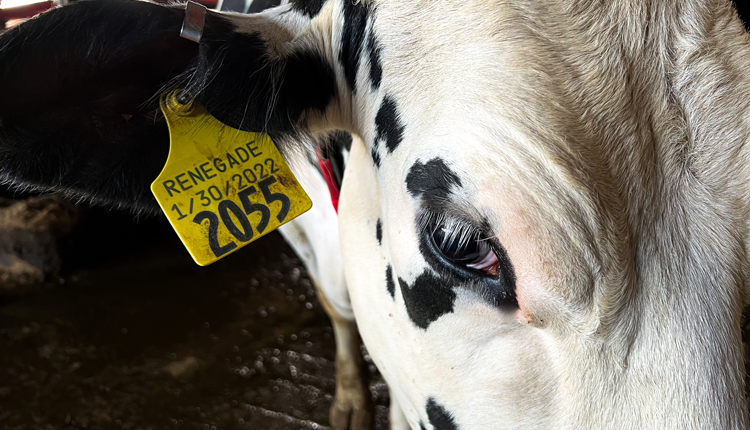 On every dairy, the transition period, the three weeks before to the three weeks after calving, is a critical time for our cows. "When intakes drop and we have excessive circulating NEFA (nonesterified fatty acid) levels, we run into transition cow problems," noted Laurie Winkelman, a Vita Plus dairy nutritionist, at the 2012 Vita Plus Dairy Summit. "At this time, there is also glucose sparing for the udder – if it's too extensive, cow's can develop insulin resistance," Winkelman added.
On every dairy, the transition period, the three weeks before to the three weeks after calving, is a critical time for our cows. "When intakes drop and we have excessive circulating NEFA (nonesterified fatty acid) levels, we run into transition cow problems," noted Laurie Winkelman, a Vita Plus dairy nutritionist, at the 2012 Vita Plus Dairy Summit. "At this time, there is also glucose sparing for the udder – if it's too extensive, cow's can develop insulin resistance," Winkelman added.When evaluating our transition cow program, we all have similar goals for our cows, our nutritionist and ourselves:
- Maximize cow's appetite at and after calving to keep them out of a rut
- Create a palatable, well-balanced and digestible diet
- Maintain or enhance immune function
- Minimize the extent of fat mobilization
- Provide adequate metabolizable protein to meet requirements
- Maintain blood calcium and magnesium levels
She also shared data from Chuck Guard, Cornell University, related to the incidence levels we should strive to be under for common transition disorders and the cost per case.
| Disease | ||
| Displaced Abomasum | ||
| Ketosis | ||
| Retained Placenta | ||
| Metritis | ||
| Milk Fever | ||
| Mastitis | ||
One key to remember – all diseases are interrelated.
"While peak milk, cull rates during the first 60 days in milk, first fat-to-protein ratio and dry matter intake are all useful measures to monitor on farm, there is often a lag between when we see these and when problems actually began. Can we make a change relative to these results or is it already too late?" asked Winkelman.
There are four steps to help you develop a consistent health-monitoring plan in your herd:
- List what you want to track.
- Discuss protocols and write them down. This helps develop consistency amongst your records.
- Record treatments as they occur.
- Review protocols regularly.
"We need to watch how we record events in our software programs. We need to do a better job of distinguishing between new and repeated cases or a treatment event versus a disease diagnosis. Software cannot differentiate between new and old cases of the same diseases," added Winkelman.









